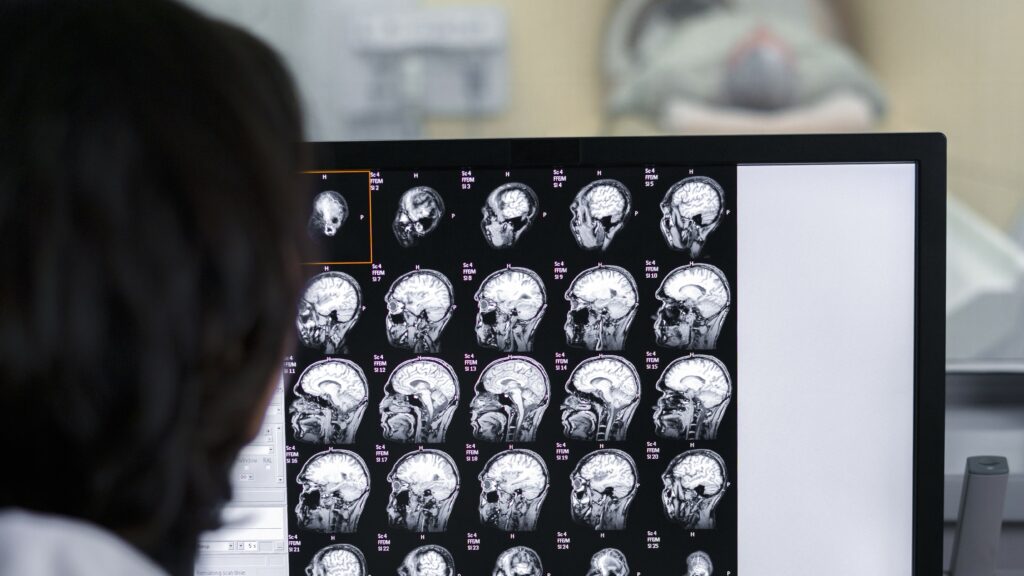Despite the number of existing studies that describe brain variations in specific mental disorders and identify the most affected regions, the neurobiological mechanisms behind these diseases are not well known and there are no markers to help diagnose them either. One of the reasons is the high individual heterogeneity in the brain abnormalities associated with these disorders. Researchers from Monash University and Radboud University have led a study to start describing this individual variation, in which Dr Carles Soriano-Mas, researcher from IDIBELL and the University of Barcelona, has participated.
The study, published in Nature Neuroscience, analyzes the differences in brain gray matter volume in each of more than a thousand patients with a mental illness compared to a group of healthy participants. Specifically, six diseases have been included: attention deficit hyperactivity disorder, autism spectrum disorder, depression, bipolar disorder, obsessive compulsive disorder and schizophrenia. The results have shown that less than 7% of individuals with the same disorder have the same areas affected. This high heterogeneity highlights the complexity of mental illnesses and their study.
Despite not being in the same brain region, these individual variations were part of the same neural circuits and functional networks in more than half of the cases, indicating a certain relationship and involvement of these circuits in the development of mental disorders. Specifically, alterations in the prefrontal and parietal circuits and in the ventral attention network could possibly act as a general marker of mental disorders, and the rest of the circuits involved would vary in each of the conditions.
“This highlights the importance of studying mental disorders from the perspective of neural networks and connectivity between brain regions.” explains Dr. Soriano-Mas, and adds that “Following this research line, in the future it could be possible to describe diagnostic markers for these disorders.”
The Bellvitge Biomedical Research Institute (IDIBELL) is a biomedical research center created in 2004. It is participated by the Bellvitge University Hospital and the Viladecans Hospital of the Catalan Institute of Health, the Catalan Institute of Oncology, the University of Barcelona and the City Council of L’Hospitalet de Llobregat.
IDIBELL is a member of the Campus of International Excellence of the University of Barcelona HUBc and is part of the CERCA institution of the Generalitat de Catalunya. In 2009 it became one of the first five Spanish research centers accredited as a health research institute by the Carlos III Health Institute. In addition, it is part of the “HR Excellence in Research” program of the European Union and is a member of EATRIS and REGIC. Since 2018, IDIBELL has been an Accredited Center of the AECC Scientific Foundation (FCAECC).

